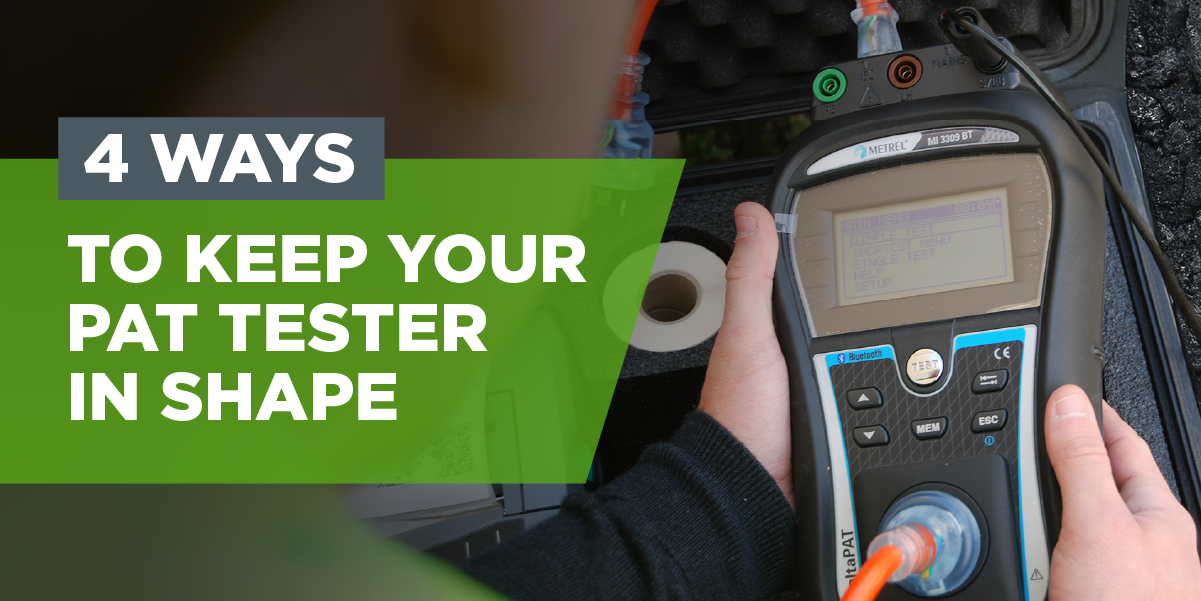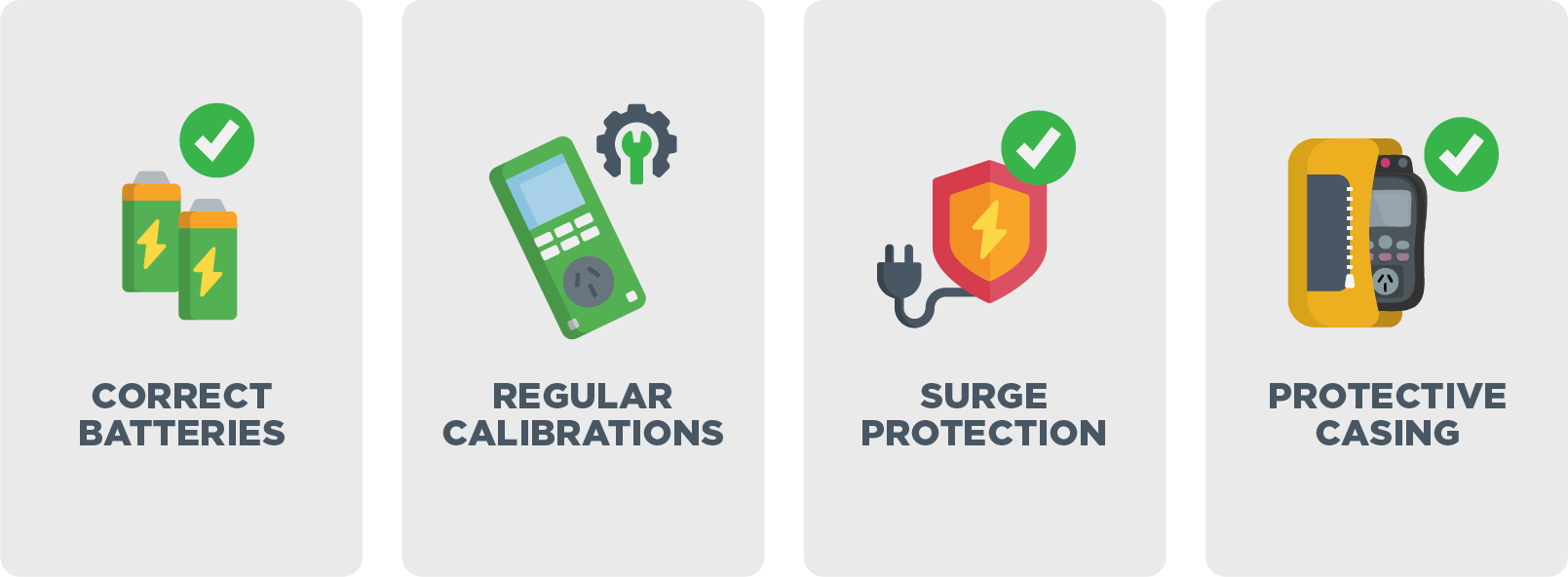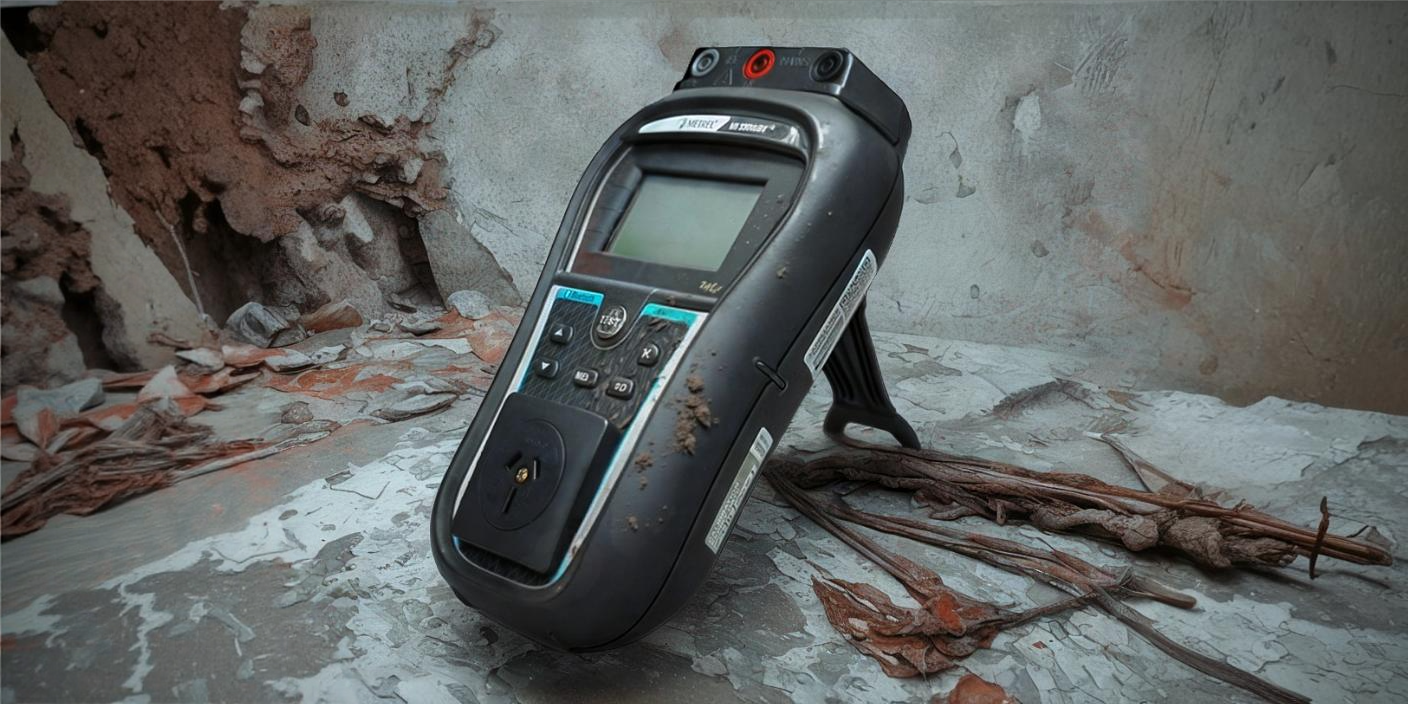How to Keep Your PAT Tester Running Like New - 4 Essential Tips

If you’ve invested in a PAT Tester, you want to make sure it stays accurate, reliable, and lasts as long as possible. These testers aren’t cheap, and a little care goes a long way in avoiding costly repairs, downtime, and incorrect test results.
We see PAT Testers from all over Australia come in for calibrations, repairs, and troubleshooting - and we’ve seen it all. Some issues are unavoidable, but many could have been prevented with simple maintenance.
That’s why our test and tag experts have put together four essential ways to extend the life of your PAT Tester and keep it working like new.

1. Use the Right Batteries - #1 Mistake
One of the biggest mistakes people make with PAT Testers? Using the wrong batteries.
Most modern PAT Testers use rechargeable lithium-ion batteries that charge when plugged into mains power. If you mistakenly use standard non-rechargeable batteries, the resulting residue can leak, corrode internal components and cause serious damage.
Beyond that - non-rechargeable batteries can even overheat and become a fire risk. We’ve seen cases where testers have been sent in for calibration, only for our technicians to find the wrong batteries inside. If caught early, a simple battery swap can fix the issue. But if left too long, it can lead to expensive portable appliance tester repairs.
Some appliance testers do use standard batteries, so don’t assume lithium-ion is the right choice for every model. If you’re unsure, ask us before making a costly mistake.
Pro tip: If you’re storing your PAT Tester for an extended period, remove the batteries to prevent leaks. Even flat batteries can leak and cause damage over time.
2. Calibration: The Only Way to Ensure Accuracy
Many test and taggers seem to say, "It seems to be working fine!" when asked about calibration. But here’s the issue - it's not about whether your tester turns on, it's about whether it's giving you accurate results.
PAT Testers are filled with electronic components, and like any precision equipment, they can drift from their original settings over time. That means they could be giving incorrect pass or fail results without you even knowing.
A PAT Tester calibration is the only way to:
- Ensure your tester is providing accurate readings
- Detect internal wear and tear before it leads to bigger issues
- Stay compliant with AS/NZS 3760, which requires calibration every 12 months
The calibration process checks all functions of the tester against known values. If any readings or settings are off, adjustments are made to restore the correct values and accuracy.
Skipping calibration has known to result in faulty test results, incorrect compliance records, and potential liability issues. If you rely on your appliance tester for work, keeping it calibrated isn’t just good practice - it’s a must.
Pro tip: If your tester has firmware updates available, install them before booking a calibration. Updated firmware can improve performance and ensure your tester operates correctly.
3. Protect your PAT Tester Against Voltage Spikes
Like any electronic device, PAT Testers are vulnerable to power surges. A sudden voltage spike from a power socket can damage internal components, leading to expensive repairs - or worse, an unusable tester.
A surge-protected power board can provide an extra layer of protection, just like it does for a computer or TV. While some PAT Testers have built-in protection, using a surge protector is a simple and cost-effective way to prevent avoidable damage, and will still ensure your test results are accurate.
Manufacturers generally don’t cover surge-related damage under warranty, as it’s considered an external issue rather than a product defect. That’s why plugging your tester into a surge-protected socket whenever possible is a smart move.
Pro tip: rather than using a large surge protected EPOD/Powerboard, consider a compact surge-protected double adaptor. It provides the same protection but takes up far less space in your kit.
4. Stop Dust from Wrecking your PAT Tester

We’ve seen countless PAT Testers come in for repairs, and one of the most common (and most preventable) issues? Dust and fine debris getting inside the appliance tester, wreaking havoc on internal components.
This is a huge problem in mining, construction, and industrial environments, where dust is everywhere and unavoidable - especially the fine red dust found in WA mines. We cover this in more detail in our Test & Tag for Mining Guide and Regulations for Construction Sites Guide.
So what happens when dust gets inside your tester?
- Fine dust can coat your internal components and affect your readings
- Dust build-up can cause buttons to become unresponsive
- Damages screens and ports
The bottom line? The more dust that gets in, the more likely your PAT Tester will need costly repairs (or even a replacement).
Pro Tip: A quick wipe-down isn’t enough to protect your tester in dusty environments. Use a protective case or cover, especially if you’re working in mining or construction.
The best ways to keep your tester safe from dust is:
- Use protective coverings to stop fine particles - especially for harsh environments
- You can use compressed air to gently clean dust away from buttons and openings
- Schedule your yearly calibration if dust is already inside
- Store in a sealed case when you're not using it
How Long will a PAT Tester Last?
If you’re using the right batteries, staying on top of yearly calibration, protecting your tester from power surges, and keeping dust and fine particles out, you’re already doing the key things that help extend its life.
With proper care, most quality testers will last 5 to 10 years, sometimes even longer. We've seen test and tag machines still running smoothly after a decade, and others worn out in just a few years - all depending on how well they were looked after.
Do the right things, and your tester will repay you with years of reliable service.
Look after your tester, and it'll look after you.
Keep your PAT Tester Healthy
A portable appliance tester is a significant investment and proper maintenance can save you time, money, and frustration. After all, you want to avoid any kind of downtime or costly repairs.
To recap:
- Use the correct batteries to prevent leaks, damage, and unnecessary costs.
- Calibrate your tester annually to ensure accuracy and compliance.
- Protect your tester from power surges with a surge-protected powerboard.
- Use protective film or coverings to stop fine particles from getting inside.
By following these steps, you’ll extend the life of your PAT Tester, reduce downtime, and ensure your results are always accurate and reliable.
The original article published by Test & Tag Training can be viewed here.
